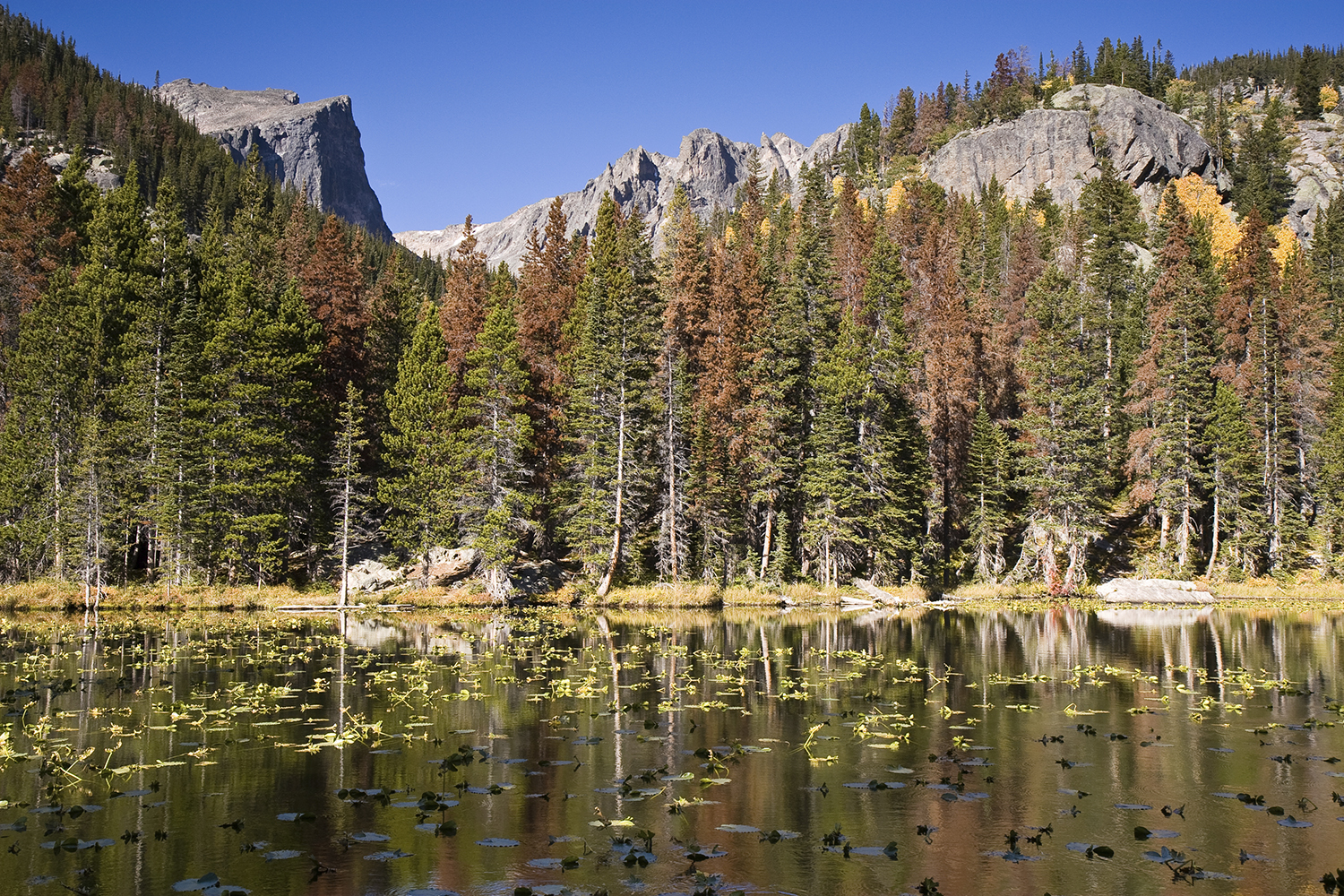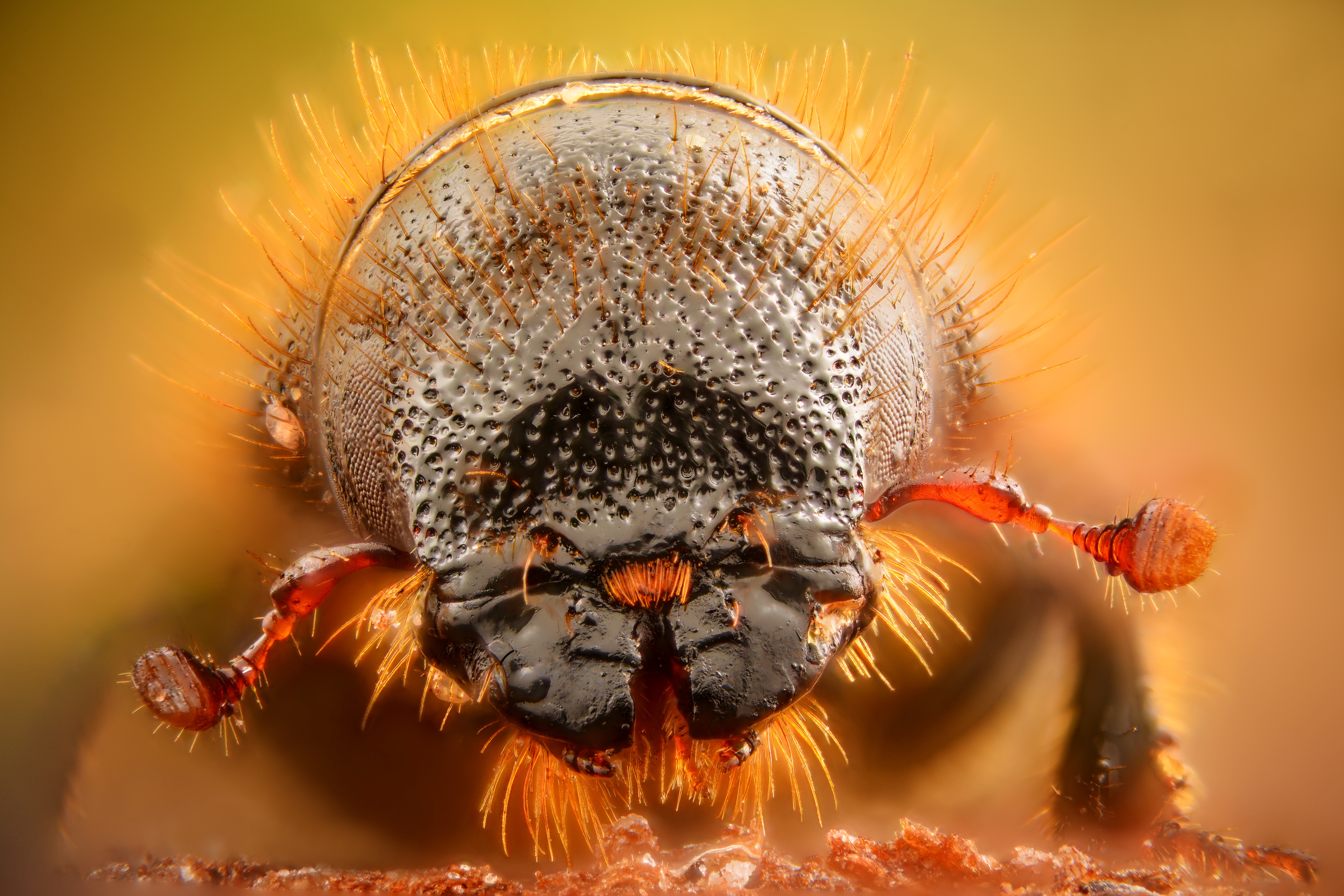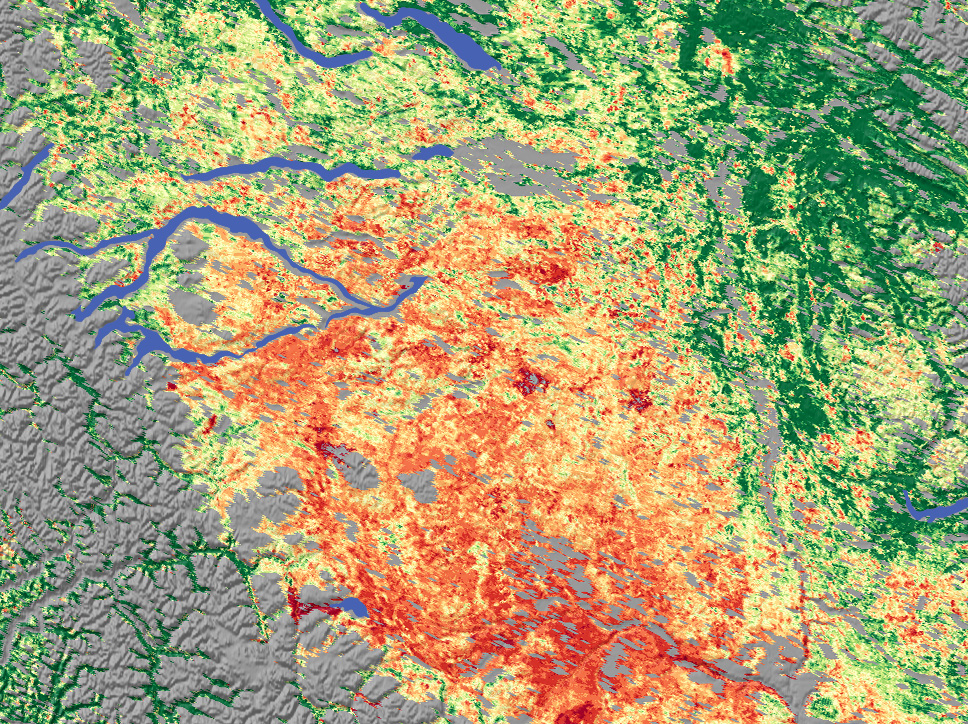
UBC Micrometeorology / Flickr
Tree-murdering fungi and insects increasingly contribute to climate change
New research suggests carbon dioxide released from dying forests equals emissions from 11 million cars
Forests have existed many millennia longer than humans. To be more precise, trees have 380 million years on our 200,000. (That's when modern humans evolved. If you start counting when our lineage split with chimpanzees and gorillas, humans have only been around for about 6 million years.) Forests have long been an important resource, and not only in human development — even today, they account for 80 to 90 percent of land-dwelling biodiversity. These crucial ecosystems filter water, harbor wildlife, and absorb carbon dioxide, helping mitigate climate change.
But forests are currently threatened by deforestation, rising global temperatures, increasing extreme weather events, and intensifying pathogenic outbreaks — caused by widening pest ranges and invasive species. The global impact of this forest die-off is extreme: Carbon that accumulates year after year in living trees escapes from dead and decomposing trees back into the atmosphere.
Because there are so many factors leading to forest loss, it's been difficult to compare the extent of the different destructive factors or create effective management strategies. Clear-cuts and raging wildfires tend to be blamed, and do certainly release massive quantities of carbon. But a new study, published in Global Change Biology, found that a more subtle set of disturbances may actually be doing US forests just as much damage.
Death by chomping
Scientific interest in the carbon released by insects and tree-strangling pathogens (such as fungi) has recently spiked, perhaps spurred by the growing visibility of forest loss. The first comprehensive large-scale study was published in early 2018 by Markus Kautz, a forest ecologist at the Forest Research Institute Baden-Württemberg, and his collaborators. Stunningly, they found that in the United States between 1997 and 2015, insects and pathogenic infections resulted in at least as much carbon release as forest fires.
The impacts of pest disturbances on forest carbon cycles had been examined before, but only on fine spatial scales, such as a single forest stand or landscape. One reason this research had been limited is that ecological field data is constrained by time and man-power – imagine how long it would take to sample every tree in every forest every year. Modelling insect and pathogenic disturbances is also incredibly complex. Unlike other common disturbances like fires, storm blow-downs, or clear-cuts, insects and pathogens inflict very diverse types of impacts, making it harder to estimate their cumulative effect.

Forest with pine beetle damage
To solve this challenge, Kautz and his team combined remote sensing technology using zoomed-in images captured by satellites in space. Piece by piece, the scientists stitched together 19 years’ worth of aerial images and associated pest-induced disturbances taken via airplane. (Thank you, USDA Insect and Disease Survey.) Then they mapped satellite vegetation cover data on the images in order to separate forests from other vegetation. Finally, they put everything into a computational model containing climate data and known carbon cycling dynamics. To confirm the accuracy of their results, they compared the model to actual data collected in the field — comparing 40 percent of the study area for nine of the 19 years. The computer generated values were eye-poppingly close.
Of the insects and fungal pathogens included in the study, bark beetles negatively impacted forest carbon stores the most. These bugs account for 61 percent of the total tree loss over the 19 years, far exceeding damages from other common plagues like sudden oak death pathogens or gypsy moths. Most of the bark beetle havoc is concentrated in western, coniferous forests, but the pest is also increasingly found in pine populations throughout the eastern US. As the climate warms, the beetle's habitat is expanding, which will likely lead to more dead trees.

Dendroctonus micans
Gilles San Martin / Flickr
In previous field studies, scientists developed a good understanding of how environmental variables, like temperature and precipitation, change the way trees grow – which in turn impacts carbon sequestration. Environmental data from individual locations can therefore be used to predict tree growth, and therefore the amount of carbon storage. The same is true of tree death and carbon release: equations describing tree mortality data can be added to the model. For instance, if location X receives less than 50 percent average rainfall for six months, Y number of trees will die. Or, if a fire burning at A degrees for B number of hours rages across C number of acres, D number of trees will die.
To put it simply, scientists use real data collected in the field to inform computer simulations that then generate educated estimates. Adding aerial images, the way Kautz did, improves the previous estimates' accuracy.
Calculating CO2
Forests are critically important for climate-change mitigation, absorbing about 925 megatons of carbon dioxide in the US alone. That's equivalent to 14 percent of the country's yearly greenhouse gas emissions. But thanks to insect disturbances, those numbers may be changing: Kautz's study suggests tree-killing pests are responsible for emitting as much carbon dioxide as an additional 11 million vehicles. (If you're interested in learning more about how various emissions compare, you can calculate equivalencies using the EPA Greenhouse Gas Equivalencies Calculator.)
Let us end on a couple of hopeful caveats. First, insect and pathogenic disturbances rarely kill every tree in a forest stand, instead resulting in unevenly distributed mortality. And, dead wood decomposes slowly, generally over several years. This gives the surviving trees a chance to re-absorb some of their neighbors' carbon dioxide, potentially capturing the greenhouse gas before it has a chance to reach the atmosphere and contribute to global warming.

Pine beetle forest death
Additionally, in some cases, low to moderate disturbances — pests or diseases that kill off a scattering of trees – can actually improve the overall growth and carbon storage capabilities of a forest. In a Michigan forest field study, for example, when 38 percent of trees died in the span of three years, the increased light and nitrogen resources actually allowed the surviving trees to increase their growth. Strangely, the tree loss ended up leading to a net gain in the rate of carbon storage. Of course, these built-in recovery mechanisms have their limits. If too many trees die, there may not be enough remaining vegetation to pick up the slack. Within that same Michigan forest, in areas where more than 60 percent of the vegetation perished, forest growth declined precipitously.
This distinction highlights the importance of accurately modelling the impacts of past disturbances. Continental scale studies, like the one by Kautz and his colleagues, provide detailed data for decisions such as where to invest resources to protect forestland or to grow timber plantations. And as forest disturbances continue to increase in frequency, intensity, and extent, identifying such regions is more vital than ever.
These research methods should now be applied at a global scale to see how pest-induced disturbances affect each continent and forest type. Further improvements can be made by taking more detailed, fine-scale remote-sensing satellite images — which NASA is planning! — as well as gathering ecological field data from more neglected forest regions around the globe.
Additional research should explore how coupled disturbances, like a simultaneous drought and insect outbreak, can compound forest carbon loss. With the livelihoods of billions of people, a multitude of flora and fauna species, and the global climate at stake, we owe it to the future to try to predict how forests can be better managed for resilience in this changing world.



This was a fascinating study to bring to our attention! These fungi and insects are so small, it is incredible to think of them contributing so heavily to carbon dioxide emissions. Our ability to combine satellite images with field data to get a lot of information about a specific area or ecosystem is really powerful.
How did they use the zoomed-in satellite images to quantify tree-death by specific fungi or insects? Does a beetle-killed tree look different in an image than a fungi-killed tree? Or did they get an overall percentage of tree-death for an area from a satellite image and then apply field-calculated pest-killed ratios to determine how much the bark beetles negatively impacted forest carbon stores?